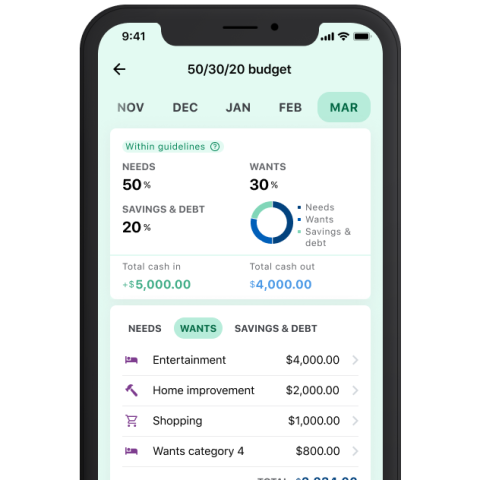How to Get PrEP With or Without Insurance

Many or all of the products featured here are from our partners who compensate us. This influences which products we write about and where and how the product appears on a page. However, this does not influence our evaluations. Our opinions are our own. Here is a list of our partners and here's how we make money.
Pride month is a time for the LGBTQ community to celebrate the progress it has made, while also acknowledging the many challenges that still exist. HIV is one of those challenges.
The number of new HIV infections in the U.S. per year has declined by more than 70% since 1984 and by about 10% between 2015 and 2019, according to the Kaiser Family Foundation. A portion of that decrease is thanks to a group of medications called pre-exposure prophylaxis, or PrEP, which can reduce the risk of getting HIV from sex by about 99%, according to the Centers for Disease Control and Prevention.
The CDC has said that PrEP is a key prevention strategy for its Ending the HIV Epidemic in the U.S. initiative. The agency is aiming to get 50% of at-risk, HIV-negative people on PrEP by 2030 — up from 25% in 2020, and 3% in 2015.
So why doesn’t everyone who could benefit from PrEP take it? Money is a major factor.
A one-month supply of Truvada, the most widely available PrEP drug, costs nearly $2,000 without insurance, and a recently approved generic form can still cost up to $60 per month. PrEP-related lab tests can generate additional bills.
And millions of LGBTQ Americans — 16% of those making less than $45,000 a year — were uninsured in 2020, according to the Center for American Progress.
If you’re interested in taking PrEP, here’s what health care experts say about how to get it, with or without insurance.
How to get a PrEP prescription
Getting and maintaining a PrEP prescription requires some tests ordered by your doctor, said Dr. Errol Fields, an assistant professor of pediatrics and adolescent medicine subspecialist at the Johns Hopkins University School of Medicine in Maryland and a specialist in HIV treatment and prevention.
“To get started with PrEP, you need to be tested for HIV to make sure you don’t have HIV, and to get other blood work to make sure PrEP is safe for you to take,” he said in an email interview.
There are two daily pill forms of PrEP, sold under the trade names Truvada and Descovy, and a bimonthly injectable form sold under the trade name Apretude.
“While on PrEP you would get tested regularly before each new prescription (every three months) or injection (every two months) to make sure you are still HIV-negative,” he said. Those regular tests may generate lab bills or copays.
Once you’ve gotten a PrEP prescription, you have options for how to pay for it.
Does health insurance cover PrEP?
All health insurance plans regulated by the Affordable Care Act, including catastrophic health insurance plans, have been required to cover some form of PrEP since a 2019 decision by the U.S. Preventive Services Task Force. The same decision also prohibited insurers from charging out-of-pocket costs for PrEP.
“Most insurances are steering patients to generic Truvada for cost saving, but will cover brand Truvada, Descovy, and (occasionally) Apretude with a prior authorization,” Dr. Marcus Sandling, the clinical director of sexual health at New York-based Callen-Lorde Community Health Center, said in an email interview.
Prior authorization is a process in which your doctor gets preapproval from your insurance to pay for a specific medication.
If you have a health savings account or a flexible spending account, you can use it to pay for PrEP-related lab bills and copays.
But what if you’re uninsured?
How to get PrEP if you don’t have health insurance
“There are fortunately several resources to assist people who have challenges accessing or paying for PrEP,” Fields said. “There are national websites like pleaseprepme.org that have resources for finding PrEP providers and paying for PrEP. There are also federal and some state assistance programs like Ready, Set, PrEP.”
Ready, Set, PrEP is a federal program that allows uninsured Americans to apply for free PrEP by mail or from participating pharmacies.
Thirteen states plus Washington, D.C., also have PrEP payment assistance programs. You can find more information about those programs on the National Alliance of State and Territorial AIDS Directors’ website.
Gilead Sciences, the company that makes Truvada and Descovy, has a program called Advancing Access that helps with copays and medication costs for the uninsured. ViiV, the maker of Apretude, has a similar copay assistance program called ViiV Connect.
If you still have medical bills from PrEP after exhausting all of these options, you may be able to deduct those medical bills from your taxes if they exceed 7.5% of your gross income and you itemize your deductions.
On a similar note...


